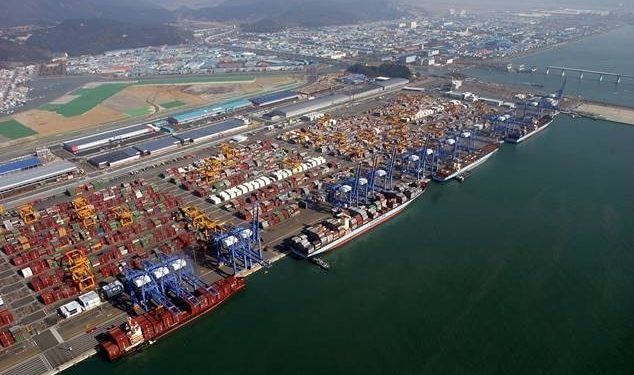Ericsson study highlights savings made from deploying 5G at ports

Telecoms giant Ericsson has crunched the numbers to show what savings 5G operations can bring to ports. The Swedish firm has been working for the last three years with the Italian Interuniversity Consortium for Telecommunications (CNIT) using the port of Livano on Italy’s northwest coast as a testbed for new 5G solutions.
The findings show the port can save EUR2.5m per year through optimised vessel berthing as well as seeing a 25% improvement in productivity through 5G remote-controlled gantry and quay cranes.
“These figures alone highlight the immense potential benefits of 5G if deployed at scale in the ports of Europe, not to mention the world itself,” a recent blog post on the Ericsson website stated.
It should be noted that investment costs are not included in this analysis, only operational savings are considered.
How 5G will impact port operations was the basis for a widely read article this January from Splash columnist Andre Wheeler.
“There are three central elements that gives 5G an advantage over existing platforms, namely: data density, transfer speeds and latency. In simple terms, 5G can support a million sensor devices per square kilometre as opposed to 4G’s 100,000 devices. Furthermore, it transfers data (latency) between devices at one millisecond, with 4G at 50 milliseconds, giving a more accurate measure of real time monitoring,” Wheeler wrote.
5G now allows companies to deal with the 100m to 120m data points from different sources daily. These sources include ports, vessel movements, and containers. Notable 5G developments are taking place at the ports of Rotterdam, Qingdao, Hamburg and Singapore this year.
In Singapore, PSA is currently progressing tele-remote-controlled equipment coupled with automated guided vehicles.
China, meanwhile, is leveraging 5G to foster development of what they call intelligent port centralisation, a move towards full automation of container terminals to reduce costs and improve efficiency.
China has already taken the next step forward by announcing that it has formed two new teams to research and study 6G.
